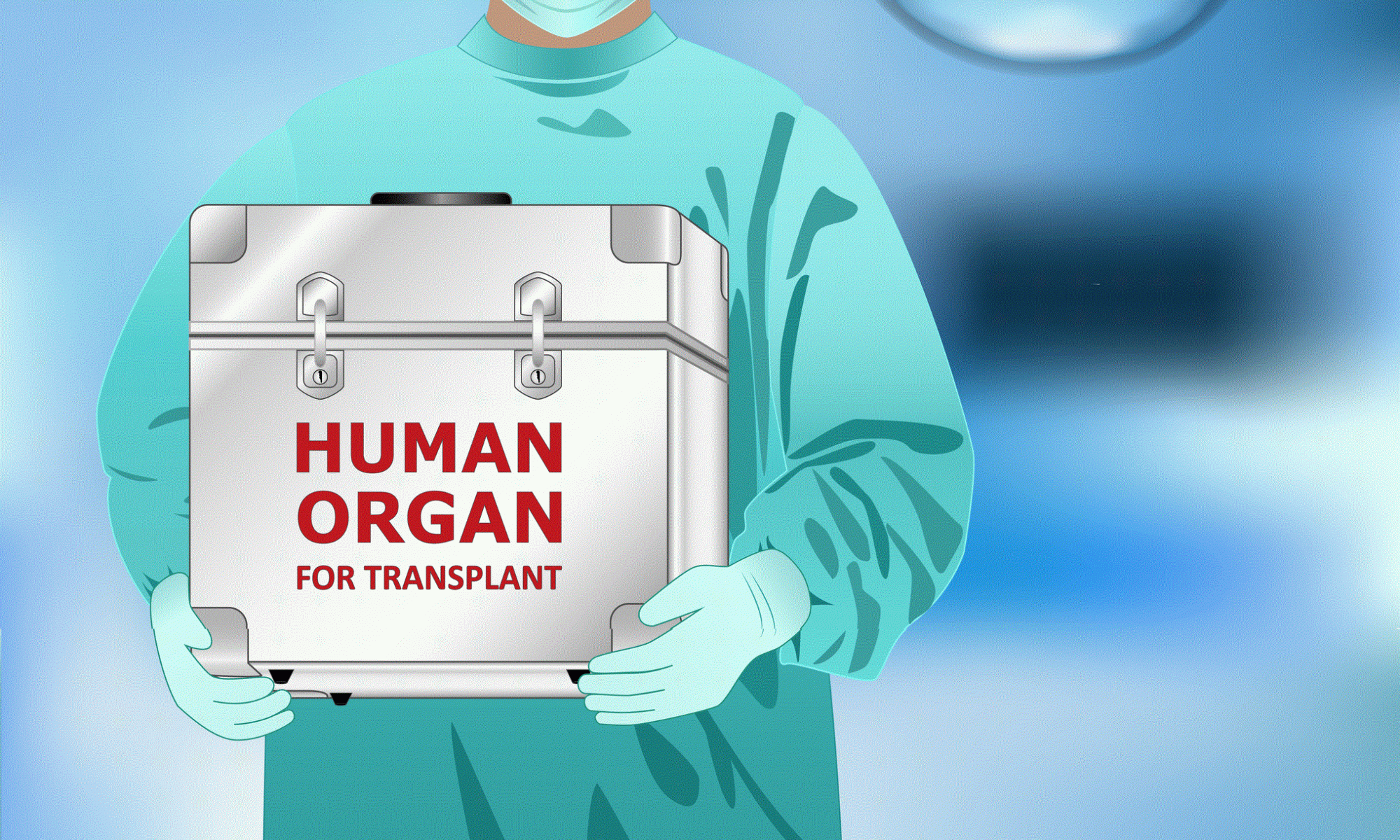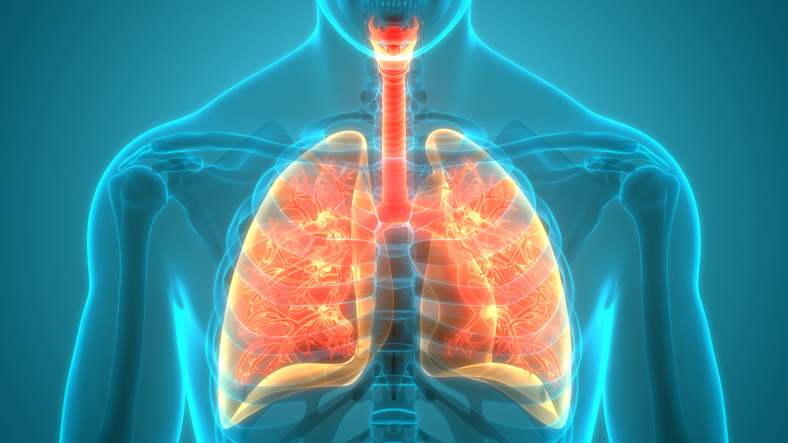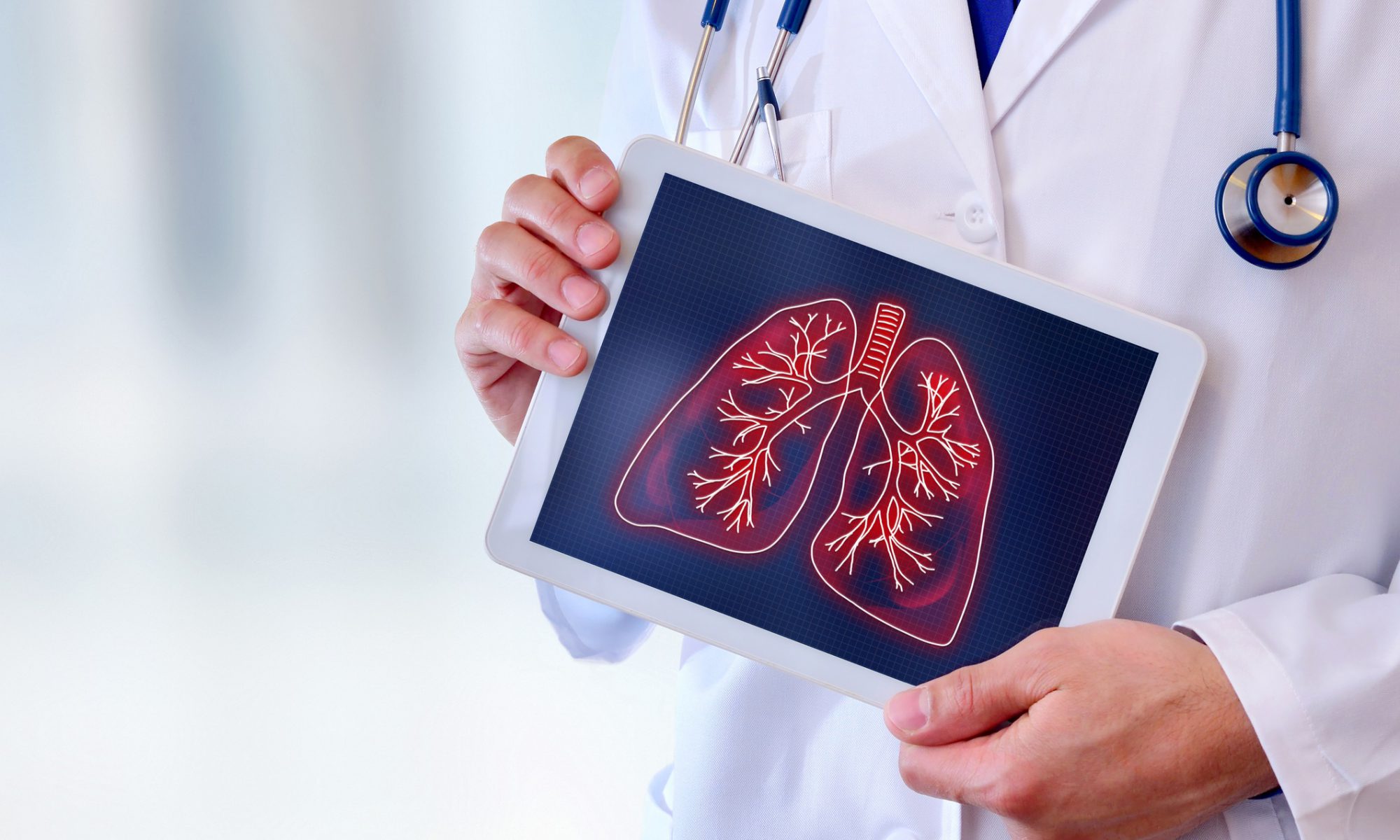— In small sample, donors gave infection to lung recipients, yet not to other organ recipients
Three U.S. lung transplant recipients contracted COVID-19 from their new organs, including one patient who died and two patients who transmitted the virus to others, researchers found.
From March 2020 to March 2021, nine SARS-CoV-2 infected donors donated organs to 19 recipients. Three individuals who received bilateral lungs acquired infections from the donors but the remaining 16 recipients of extra-pulmonary organs did not, reported Rebecca Free, MD, MPH, of the CDC in Atlanta, and colleagues.
Read more in MedPage Today.




